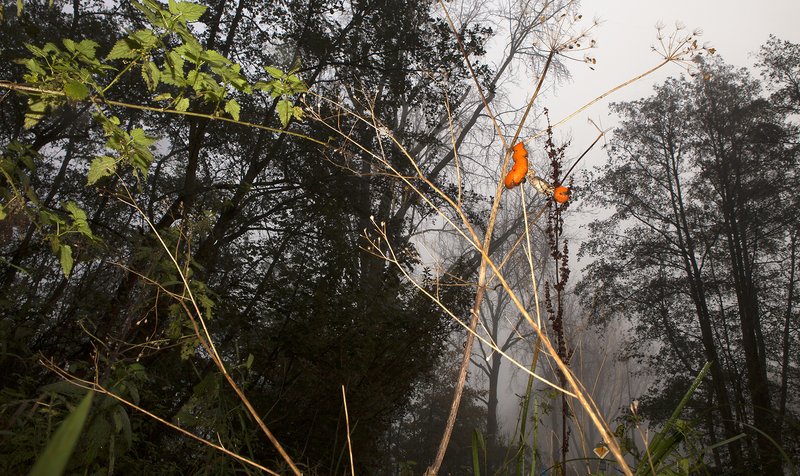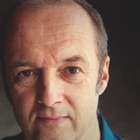Zoöp & the practice of Zoönomy
Posted March 1, 2023 by Klaas Kuitenbrouwer
Image: Patricia de Ruijter / mediakaal.nl
A group of artists, designers, philosophers, ecologists and lawyers, initiated by Het Nieuwe Instituut in Rotterdam has developed the concept and practice of the Zoöp between 2019 and 2021.
Zoöp is an organisation model that allows organisations of many kinds to collaborate with nonhuman life. Zoöp is intended as an attempt to begin with the work of repair amidst the present-day climate catastrophe and escalating ecological degradation. The desperate voices of collectives of animals, plants and other bodies alive today can be harsh to the senses. But it still takes effort and dedication to take those voices into account. The Zoöp way of working tries to give a form to this. Zoöp is short for zoöperation, a combination of the words coöperation and zoë, the Greek word for “life”. It has three goals:
- to strengthen the political and legal standing of nonhuman life within human (often capitalist) societies.
- to support ecological regeneration by developing a regenerative economy, a human-inclusive ecosystem or zoönomy—these are equivalent from the perspective of Zoöps—that fosters the quality of life of bodies of any kind.
- to make the Zoöp model widely adoptable and put into practice by a variety of organisations, from farms to municipalities, from hotels to cemeteries, from cultural institutions to builders of infrastructure.
Starting a Zoöp is to declare a new collective body. It is laying out a new shared skin, and an effort to claim a shared reality among highly divergent bodies: other-than-human bodies like microbes and earthworms, trees, plants and algae, water bodies; human artefacts like buildings, machines; organisational bodies like teams, boards, associations; legal bodies like owners, third parties with contracts, municipalities, jurisdictions.
Organisations that turn into a Zoöp retain their existing function—a school remains a school, a farm remains a farm, a hotel a hotel—but set themselves an additional goal: to foster zoönomy.
Zoönomy
Zoönomy is an alternative to capitalist economy. The term was coined to address something that does not yet exist, but needs to come into existence: a regenerative economy.
The practice of zoönomy starts on the inside of late capitalism, as an outside currently only exists in theory. It conceptually surrounds and exceeds the latter's notion of economy by paying qualitative attention to detail, to movement, to beauty, to violence; in short, to other things than quantity and currency.
Zoönomy includes material exchanges. Like economy in its predominant understanding, zoönomy is a sphere of value. Zoönomic value is rooted in a multiplicity of lifeworlds, in notions and experiences of variety and richness in relations. Zoönomic understanding is about qualities of relation and form and pattern, aided by quantity only where relevant.
Zoönomic understanding does not operate from a preconceived distinction between physical, material exchange on the one hand, and informational or symbolic exchange on the other. Zoönomic knowledge lives in all semiotic hot zones: in the indexical exchanges of hormones and chemistry, in the iconic exchanges of empathy across bodies and species, and in the symbolic exchanges of stories and aggregated, distilled experience.
The zoönomy of a place includes its material, thermodynamic and trophic relations, it includes subterranean exchanges of materials and energy, it includes symbolic, aesthetic exchanges: the various ways bodies inform and impress each other; how that which can be exchanged translates from some bodies to some other bodies. The aim of zoönomy is to be a knowledge practice of collective bodies, developed in response to their particular, motivated curiosities. Zoönomy faces its questions in the field and in the flesh, where there are always open windows, ground fog, creaking hinges and funny smells, membranes, hair roots.
All collective bodies are networks and part of networks, connected to myriad other bodies. Many bodies are members of multiple collectives simultaneously. Therefore the boundary of any collective body is not fixed. A collective body’s shared skin needs to be enacted, performed, for a specific purpose and context, and once it has been recognised (or symbolically resampled) by other collective bodies, it will be more sharply defined. It will shimmer into place. New bodies join all the time, and some bodies leave. Performing a shared skin is the ongoing effort of every Zoöp.
The concept, practice and language of zoönomy always have some particular task and are being shaped by performing this task. This task is always situated in one or another Zoöp. The knowledge practice of zoönomy should be capable of adapting to the task at hand, while increasing its integrity, like bone, like nervous tissue. The work is to make it work.
This text is featured as part of FoAM's Anarchive
Created: 12 Dec 2022 / Updated: 01 Mar 2023


